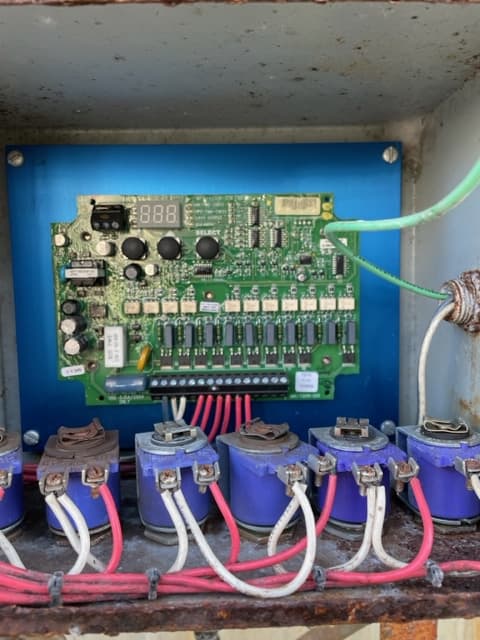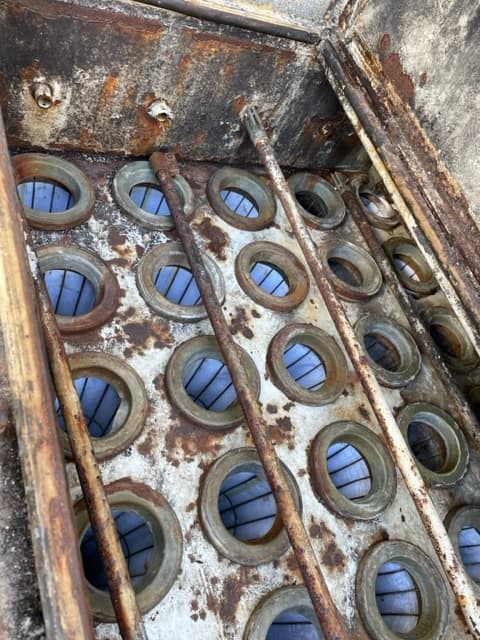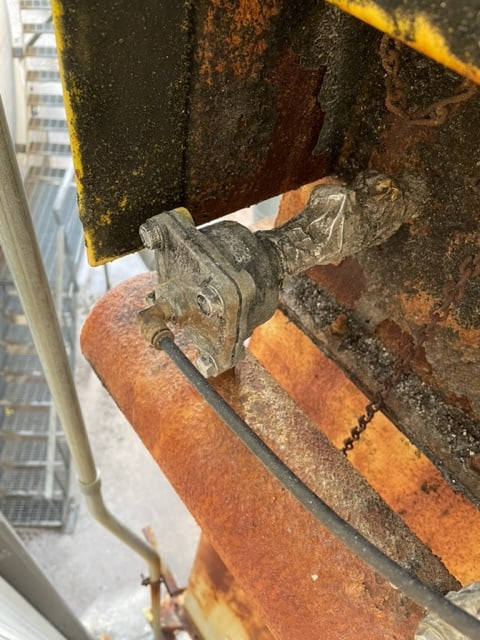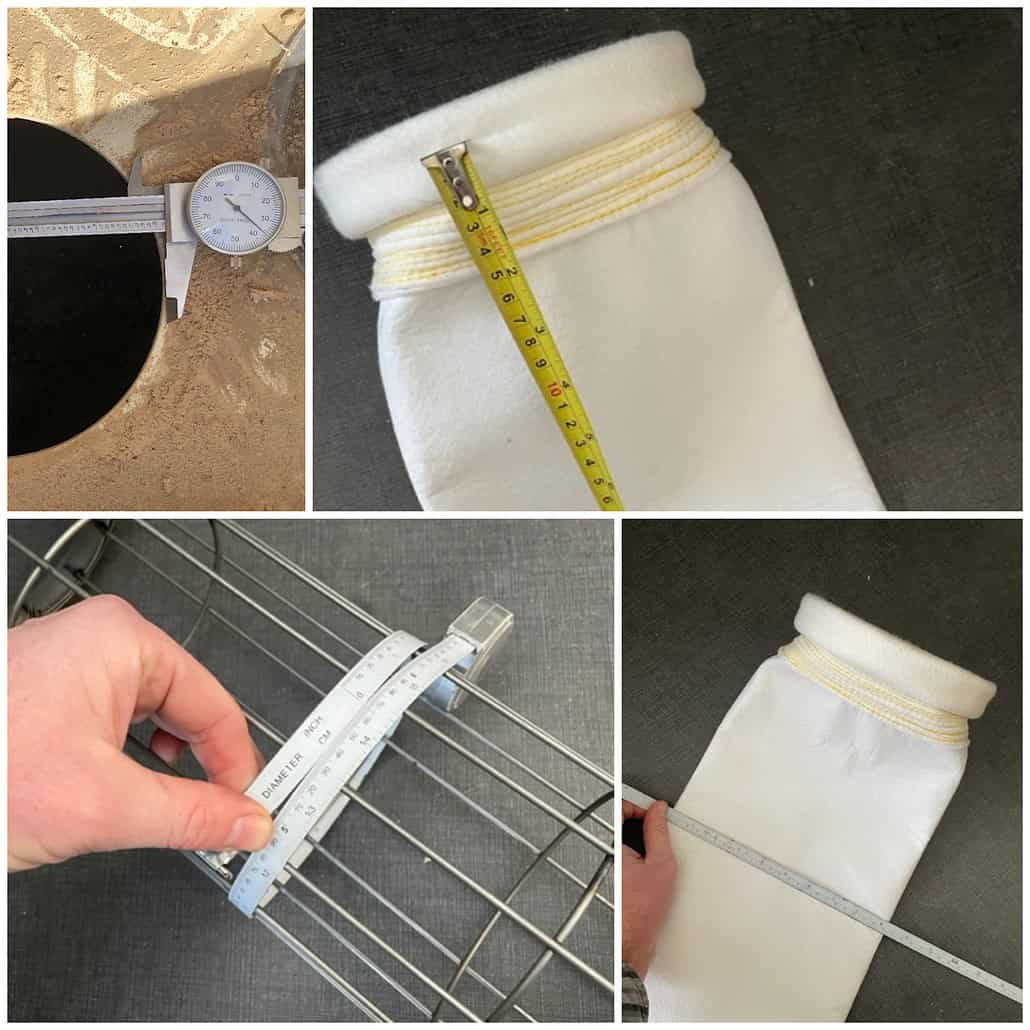For a dust collection system to operate efficiently, the filter cleaning system must be designed, installed and maintained properly. The following troubleshooting basics are intended to help avoid common pitfalls. (Note: Think of these tips as your dust collector’s GPS – they won’t replace the regular check-ups, but when your collector decides to throw a fit and send you through a back road, you will be better prepared to come back on track without losing lots of time or resources…)
When issues arise, it’s essential to troubleshoot effectively. Start by asking, “What has changed?” It could be a worn component or a shift in the operating environment. Even adding a single pickup point can impact the entire system.

Key Steps for Troubleshooting
- Check Differential Pressure (dP): Measure with a magnehelic gauge to assess filter media condition. A correct dP reading is vital for performance tracking. The dP across the filters should slowly increase as dust builds up on the filters, then suddenly decrease when the cleaning system fires a pulse of compressed air, cleaning the filter and reducing pressure across the filter.
- Troubleshoot dP Gauge: As part of your periodic inspection process, remove the air lines connected to your dP gauge and ensure there are no obstructions or leaks in the lines. Replace old lines and ensure airtight connections. Even a small amount of dust in the gauge will lead to false readings or foul the gauge.
- Listen for Problems: With the cleaning system active, listen to the pulse jets fire. You should hear a tight blast of air. If it sounds “off” – you hear a squeak, a rattle, a click but no air, etc. it is a sign that something requires attention. Most common issues are worn diaphragms (rattle or puff sound), leaks in connecting hoses (hiss sound), and stuck solenoids (a click but no air noise).
- Check Compressed Air Pressure: Ensure your system has a compressed air gauge nearby so you can check it as part of your daily or weekly inspection. Review your equipment manual to ensure compressed air is set to the correct pressure. Ensure that your compressed air is clean and dry.
- Timer Board Settings: Less common issues arise with the timer board, most often due to a surge in electricity or an unauthorized change in the board settings. If you have a ‘clean on demand’ setup, the pulse cleaning system will only fire when the dP reaches a high limit. Equally important is the low limit, where the cleaning shuts off. There are other settings that can be programmed on your control board such as On-Time and Off-Time that control how long the valves are open for and how long it waits between firing the valves. Once set, these should only be changed by authorized personnel. Most timer boards have indicator lights that will flag errors or basic issues. Refer to your equipment manual to ensure all settings are correct.

6. Other Common Pulse-Cleaning System Issues: Less common (but still important to know) issues include damaged or out of position blowpipes, stuck solenoids, water or oil in compressed air source, and electrical wiring issues.

When to Troubleshoot
High dP without filter life exhaustion is your first indication of a cleaning system malfunction. If the dP seems off, start by listening for the pulse valves to fire, then run through the items above to identify the issue.

Adjust Timer for Medium-Pressure Systems: Lengthen pulse intervals by adjusting the timer to fill the reservoir adequately. Check for leaks and loose connections before replacing components.
Beyond Cleaning System Issues:
- Filter Inspection: Assess filter condition and look for moisture or caking issues.
- Environmental Conditions: Consider variations in temperature and humidity, especially in colder regions.
- Wear and Corrosion: Monitor aging systems, especially if handling abrasive or corrosive materials.
- Human Factors: Be aware of unintended actions like shutting off compressed air or adjusting fan dampers.
- Long-Term Monitoring: It is a good practice to monitor the system (specifically the dP) over an extended period to identify patterns or external factors affecting performance.
Hopefully, these tips will be able to guide you through unexpected challenges as a GPS, navigating the potential issues and ensuring your operations stay on track without losing valuable time or resources.






